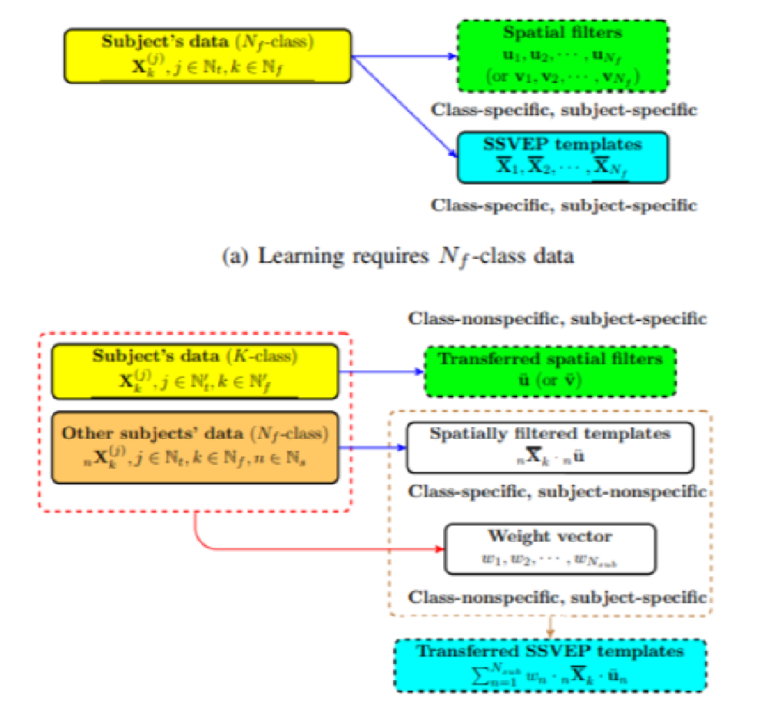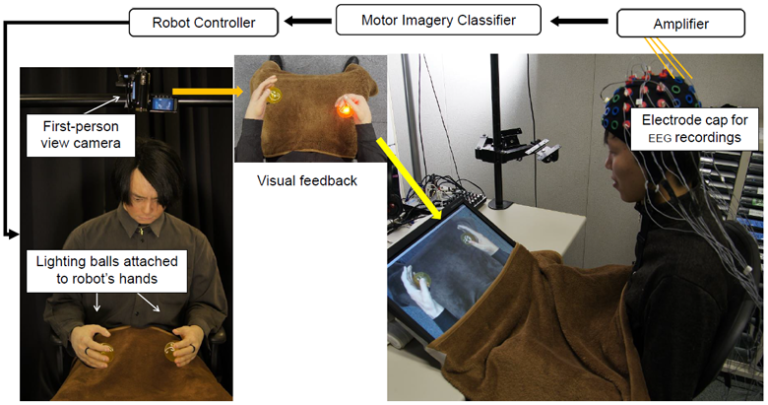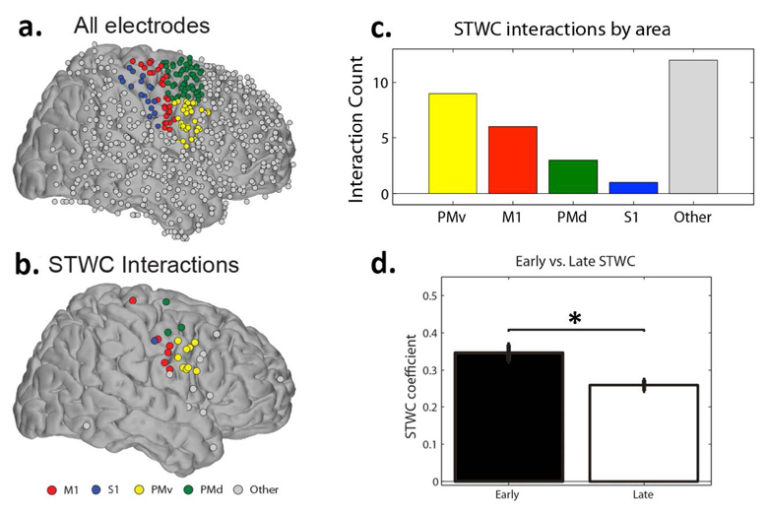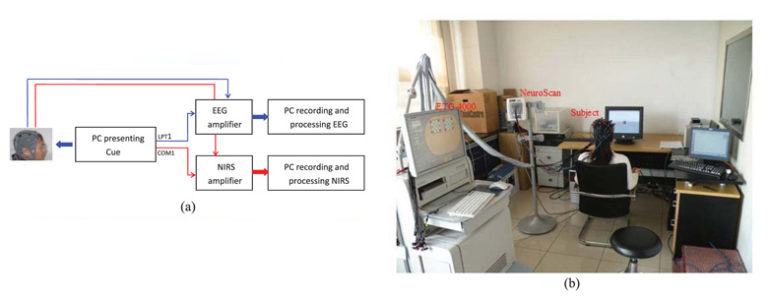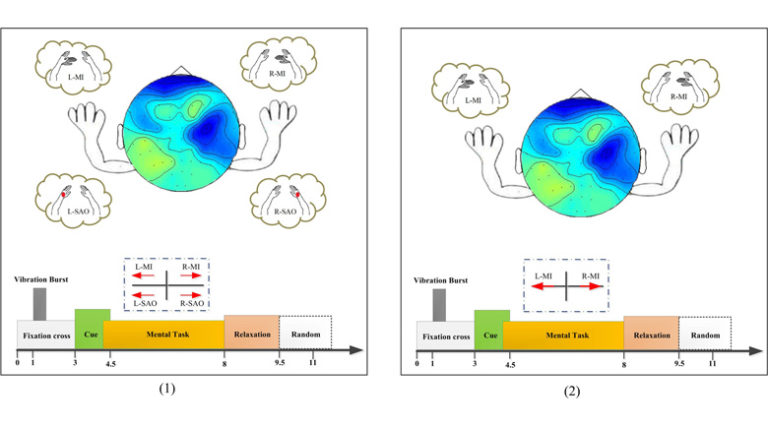Brain-computer interfaces (BCIs) are an emerging strategy for spinal cord injury (SCI) intervention that may be used to reanimate paralyzed limbs. This approach requires decoding movement intention from the brain…
read moreIn stroke rehabilitation, motor imagery based on a brain–computer interface is an extremely useful method to control an external device and utilize neurofeedback. Many studies have reported on the classification…
read moreEEG-based brain computer interface (BCI) systems have demonstrated potential to assist patients with devastating motor paralysis conditions. However, there is great interest in shifting the BCI trend toward applications…
read moreBrain-computer interfaces (BCIs) carry great potential in the treatment of motor impairments. As a new motor output, BCIs interface with the native motor system, but acquisition of BCI proficiency…
read moreSimultaneous acquisition of brain activity signals from the sensorimotor area using NIRS combined with EEG, imagined hand clenching force and speed modulation of brain activity, as well as 6-class…
read moreDistinctive EEG signals from the motor and somatosensory cortex are generated during mental tasks of motor imagery (MI) and somatosensory attentional orientation (SAO). In this study, we hypothesize that…
read more
